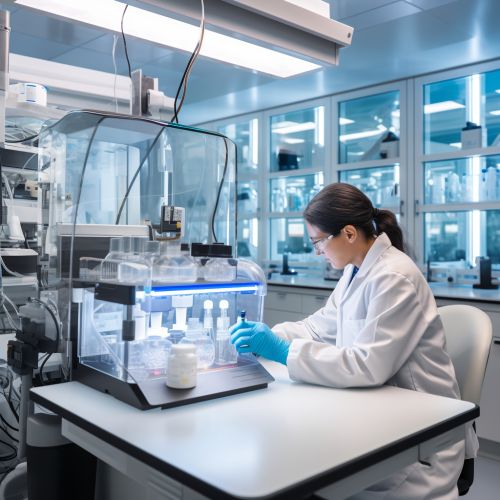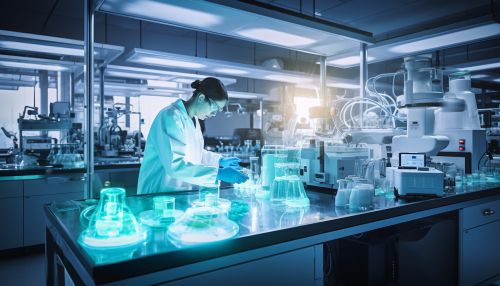Regenerative Medicine and Tissue Engineering
Introduction
Regenerative medicine and tissue engineering are two interrelated disciplines within the field of biomedical engineering that aim to repair, replace, or regenerate cells, tissues, or organs to restore or establish normal function. These fields hold the potential to solve the problem of organ shortage, which is currently a significant issue in healthcare.
Regenerative Medicine
Regenerative medicine is a branch of translational medicine that focuses on replacing or regenerating human cells, tissues, or organs to restore or establish normal function. This field holds the promise of regenerating damaged tissues and organs in the body by stimulating the body's own repair mechanisms to functionally heal previously irreparable tissues or organs.
Cellular Therapies
Cellular therapies involve the transplantation of cells, often stem cells, to restore tissue or organ function. This can be done through stem cell therapy, where stem cells are injected directly into the bloodstream or transplanted into the damaged tissue or organ.
Tissue Engineering
Tissue engineering combines the principles of life sciences and engineering to develop biological substitutes that can restore, maintain, or improve tissue function. This is often achieved through the use of a scaffold, cells, and biologically active molecules.
Tissue Engineering
Tissue engineering is a subset of regenerative medicine that focuses specifically on the development of biological substitutes that can restore, maintain, or improve tissue function. This is achieved through the combination of a scaffold, cells, and biologically active molecules.
Scaffolds
In tissue engineering, a scaffold is a three-dimensional structure used to support cell growth and differentiation. Scaffolds are often made from biomaterials, which can be either synthetic or natural in origin.
Cells
The cells used in tissue engineering are often stem cells, due to their ability to differentiate into a variety of cell types. These cells can be sourced from the patient (autologous cells) or from a donor (allogeneic cells).
Biologically Active Molecules
Biologically active molecules, such as growth factors, are often used in tissue engineering to promote cell growth and differentiation. These molecules can be incorporated into the scaffold or delivered to the cells in culture.
Challenges and Future Directions
Despite the significant advancements in regenerative medicine and tissue engineering, there are still many challenges to be overcome. These include the need for more effective methods of cell delivery, the development of more biocompatible scaffold materials, and the need for more effective methods of controlling cell growth and differentiation.
See Also


